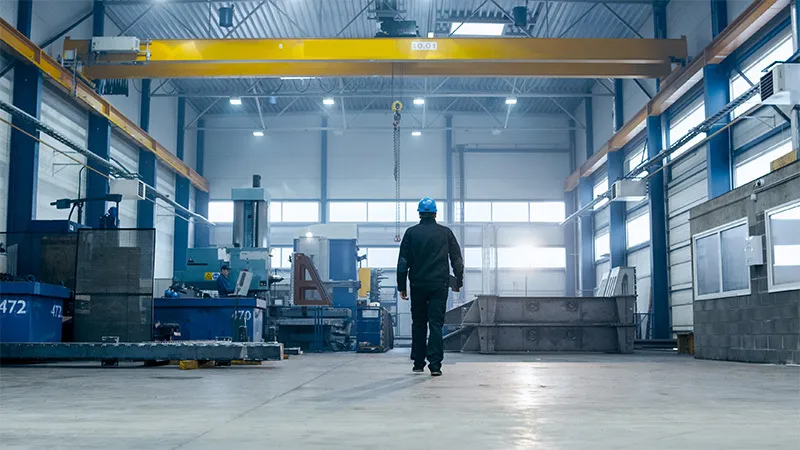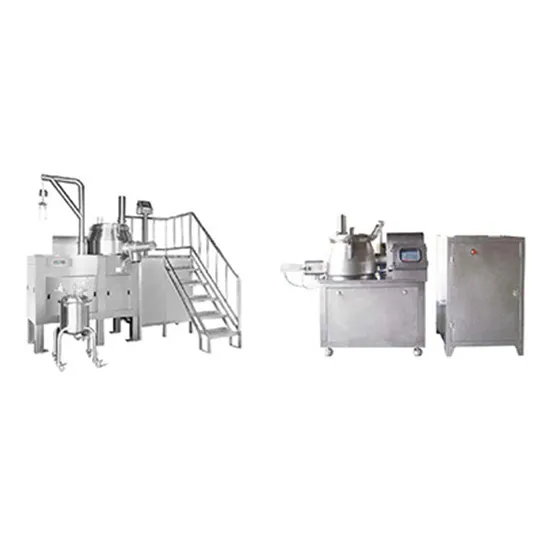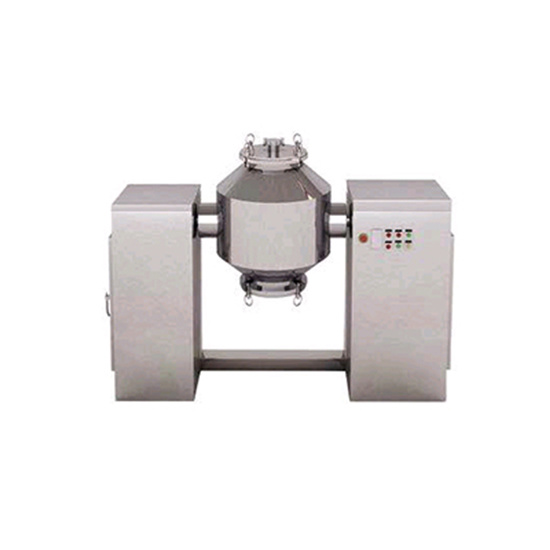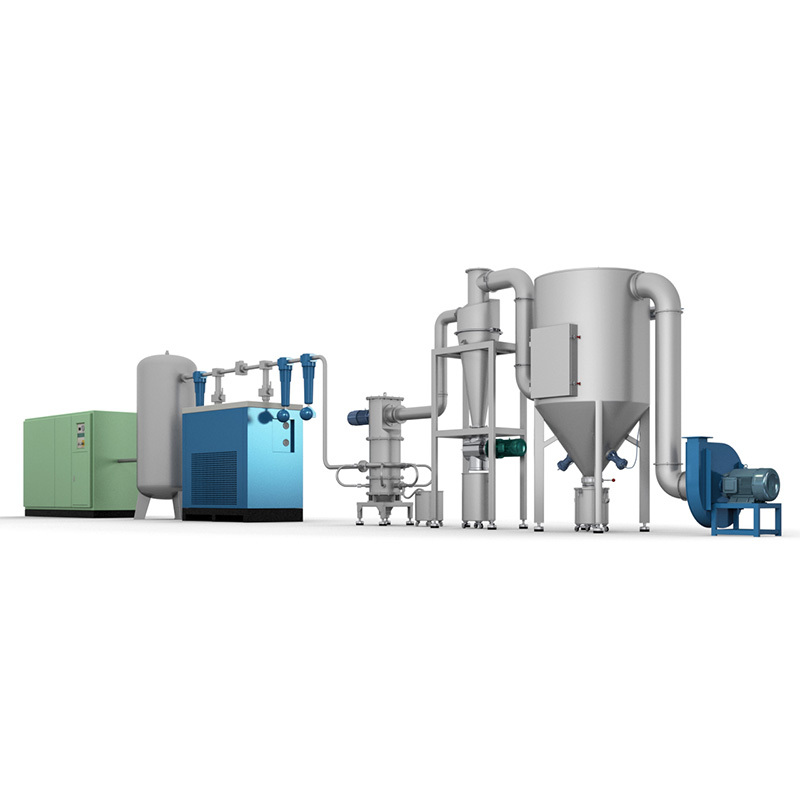NEWS
How Industrial Sieving Machine Products Work and Their Applications
Dec 21,2023
1. Introduction
Industrial sieving machine products play a crucial role in various manufacturing and processing industries. They are designed to efficiently separate and classify materials based on particle size, ensuring high-quality end products. In this ultimate guide, we will delve into the intricacies of industrial sieving machines, exploring their functionality, applications, and benefits.
2. Understanding Industrial Sieving Machines
2.1 What are Industrial Sieving Machines?
Industrial sieving machine products, also known as vibrating sieves or screeners, are mechanical devices used to separate particles based on their size and shape. These machines utilize vibration and/or rotational motion to convey materials over the sieving surface, effectively separating particles into different fractions.
2.2 How do Industrial Sieving Machines Work?
Industrial sieving machine products consist of a vibrating or rotating screen that contains multiple layers of mesh or perforated plates. The material to be sieved is fed onto the screen, and as it moves across the surface, smaller particles pass through the openings while larger particles are retained. The movement and vibration of the machine facilitate the separation process, ensuring accurate particle classification.
3. Types of Industrial Sieving Machines
3.1 Vibratory Sieving Machines
Vibratory sieving machines are the most commonly used type of industrial sieves. They employ vibration to convey and separate materials based on particle size. Vibratory sieves are versatile and can handle a wide range of materials, making them suitable for various industries.
3.2 Rotary Sieving Machines
Rotary sieving machines utilize rotational motion to separate particles. They are often used for high-capacity applications and can handle materials with a higher moisture content. Rotary sieves are particularly effective for sieving powders, granules, and other fine materials.
3.3 Centrifugal Sieving Machines
Centrifugal sieving machines rely on centrifugal force to separate particles. They work by accelerating the material against a screen or sieve, allowing smaller particles to pass through while larger particles are ejected. Centrifugal sieves are commonly used in applications where high throughput and precision separation are required.
4. Applications of Industrial Sieving Machines
Industrial sieving machine products find application in a wide range of industries due to their versatility and efficiency. Here are some key industries where sieving machines are extensively used:
4.1 Food and Beverage Industry
In the 香蕉传媒 and beverage industry, industrial sieving machines are employed for quality control, ensuring that only particles of the desired size enter the production process. They are used for sieving flour, sugar, spices, and other 香蕉传媒 ingredients, guaranteeing product consistency and purity.
4.2 Pharmaceutical Industry
Sieving machines play a critical role in the pharmaceutical industry, where particle size directly impacts drug efficacy. They are used to sieve powders, granules, and tablets, ensuring uniformity and removing any oversize or undersized particles.
4.3 Chemical Industry
In the chemical industry, industrial sieving machine products are utilized for quality assurance and product refinement. They help separate raw materials, screen out impurities, and classify chemicals based on their particle size, ensuring consistent and high-quality end products.
4.4 Mining and Minerals Industry
Industrial sieving machines are indispensable in the mining and minerals industry. They are used to separate valuable minerals from waste material, classify minerals by size, and remove impurities. Sieving machines improve the efficiency of mineral processing operations and enhance overall productivity.
4.5 Recycling Industry
The recycling industry relies on industrial sieving machines to separate recyclable materials based on size and shape. These machines help streamline the recycling process by efficiently sorting materials, reducing waste, and maximizing resource utilization.
5. Benefits of Industrial Sieving Machines
Industrial sieving machine products offer numerous benefits that contribute to improved efficiency and product quality in manufacturing and processing operations. Some key advantages include:
1. Accurate particle separation: Sieving machines ensure precise particle classification, resulting in consistent product quality.
2. Increased productivity: By automating the sieving process, these machines save time and labor, leading to higher production rates.
3. Customizable solutions: Industrial sieving machines can be tailored to meet specific requirements, allowing for versatility in various industries.
4. Improved product quality: Sieving machines eliminate oversized or undersized particles, ensuring only the desired materials enter the production process.
5. Cost-effective: By reducing waste and optimizing material utilization, sieving machines contribute to cost savings in manufacturing and processing.
More News










